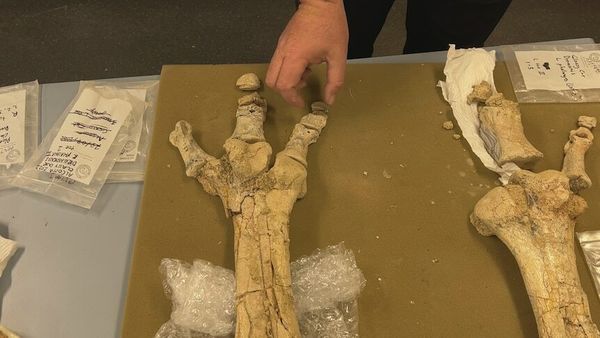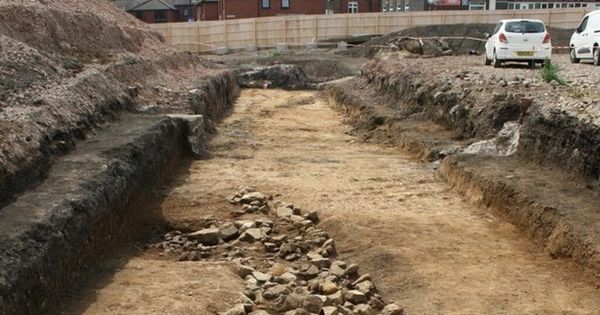Thousands of underwater films, photographs, hand-drawn maps, field journals and other unseen archive material are being digitised to bring to light the untold story of the discovery and excavation of the Pandora wreck 120 kilometres east of Cape York.
Curators at the Museum of Tropical Queensland in Townsville believe it's the first time a digitisation project of this scale has been attempted in Queensland.
"This is a once in a lifetime chance to have it all digitised and the fact that it can then be publicly available is just incredible," said the museum's senior curator of maritime archaeology, Dr Maddy McAllister.
"I can't wait for people to be able to explore the collection themselves."
A tale of mutiny on the high seas
HMS Pandora was a 24-gun Royal Navy warship dispatched to the South Pacific to hunt down the mutineers of HMS Bounty, a story etched in seafaring folklore.
Pandora hit the far northern Great Barrier Reef and sank in 1791, taking 35 men down with her.
For almost 200 years, the wreck lay undetected in the Torres Strait until its discovery in 1977.
Australian researchers have been collecting artefacts and information from the site for more than 40 years.
"My favourite piece from the archive collection is the hand drawn site plan from 1986 from the excavations," Dr McAllister said.
"It shows a cannon, jars and hairbrushes, some of the really incredible personal objects that we have in the collection.
"Maritime archaeologists record and record and record lots on information when they are excavating a site."
Same story, new way of retelling
The Museum of Tropical Queensland holds the world's largest collection of artefacts from the shipwreck, with more than 6,000 stored in archives.
"It's making it accessible to people who don't have the chance to come into the museum or maybe don't have the opportunity to look at that sort of content," said the museum's assistant curator of anthropology, Sophie Price.
"It also means that museums can become much more transparent in the research and work we are doing behind the scenes."
The museum hopes to complete the digitisation project by mid-2023, but it is painstaking work to convert material stored on outdated devices like floppy disks and analogue slides.
"There's not just one way to do it, we have to have about 10 different approaches to it," Dr McAllister said.
"We have a huge wealth of material, but it's hidden away in a storeroom, we really want to bring that out to the public."










